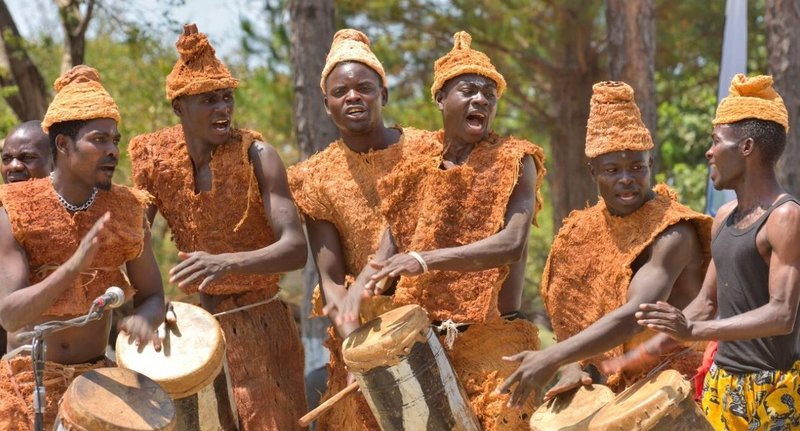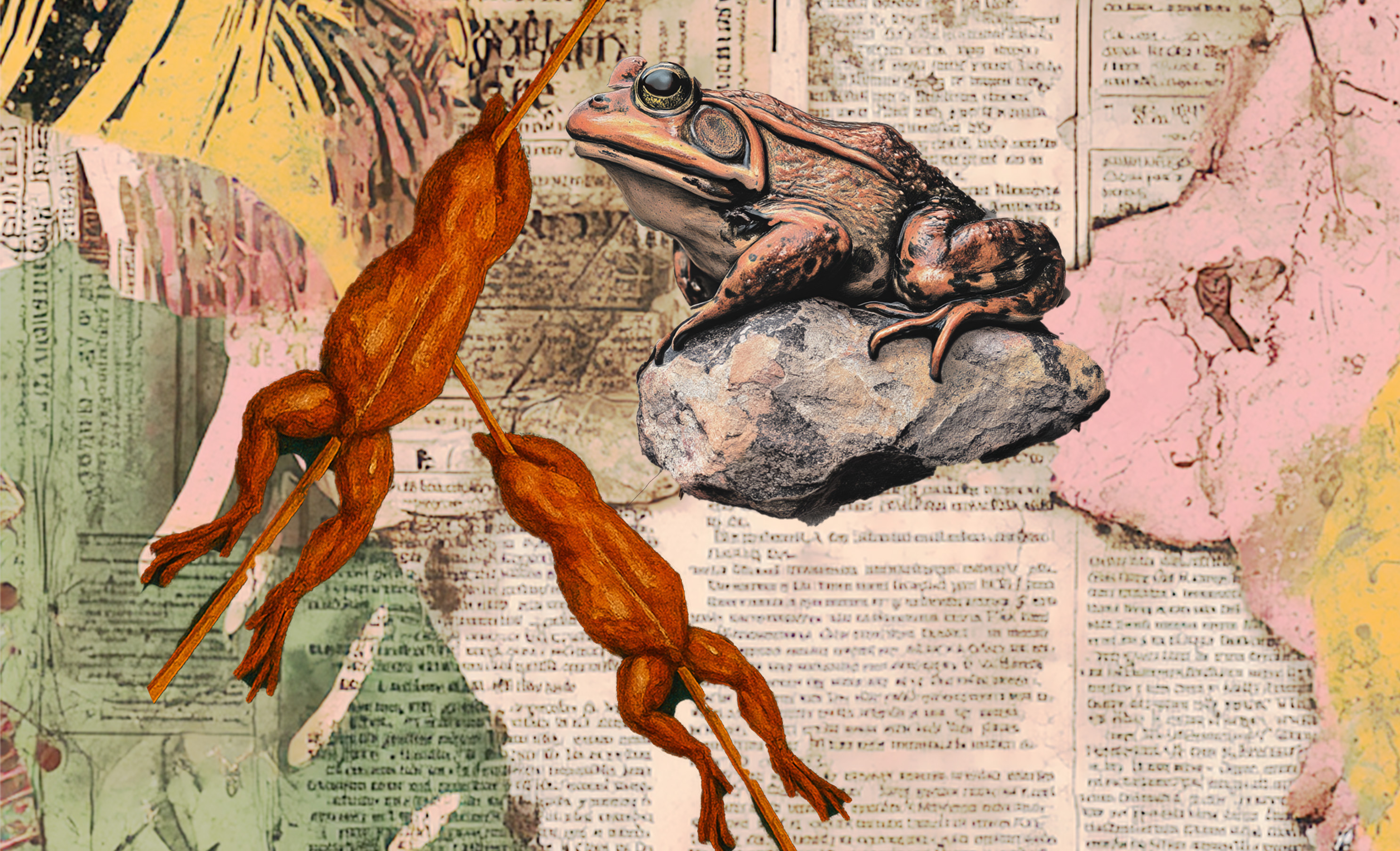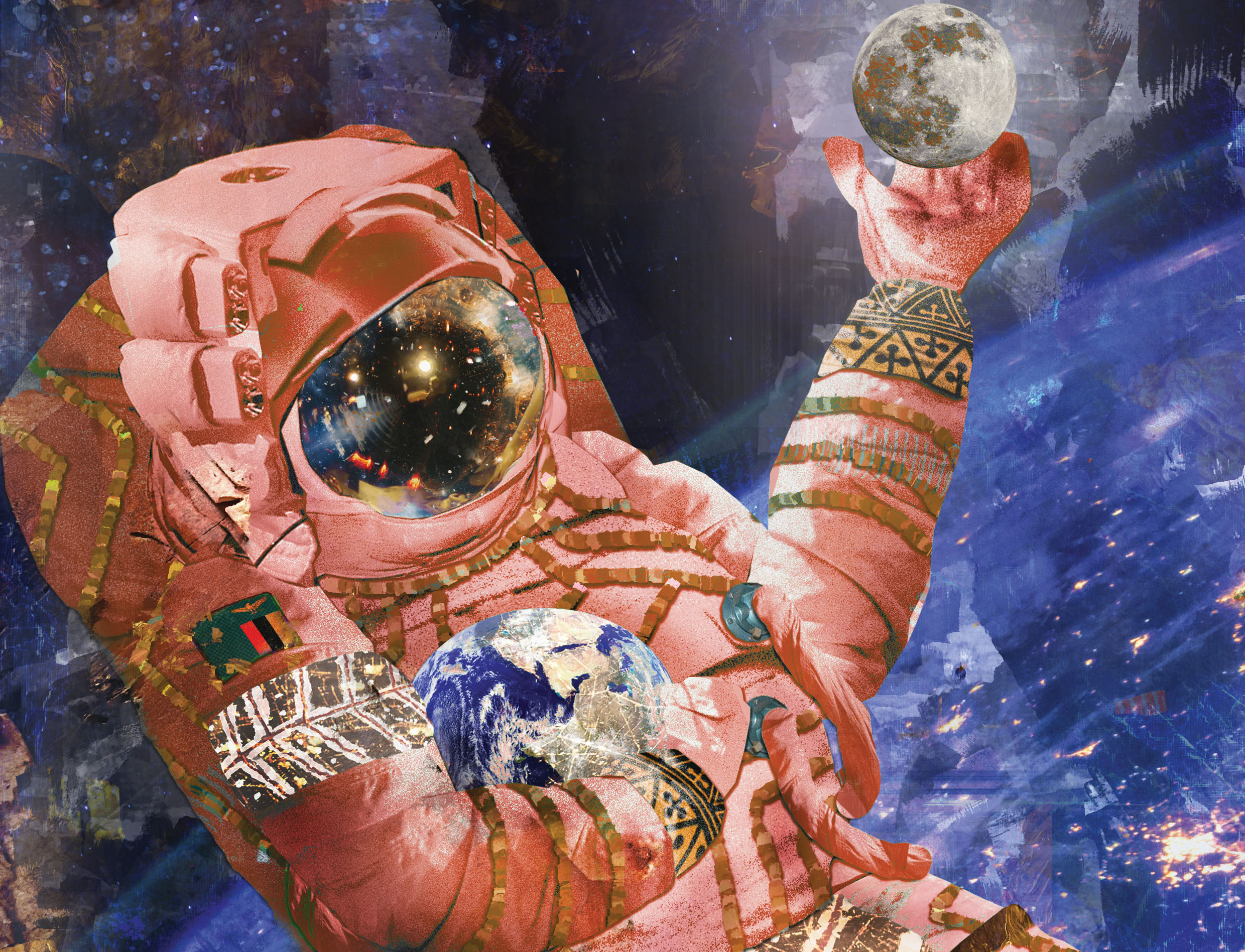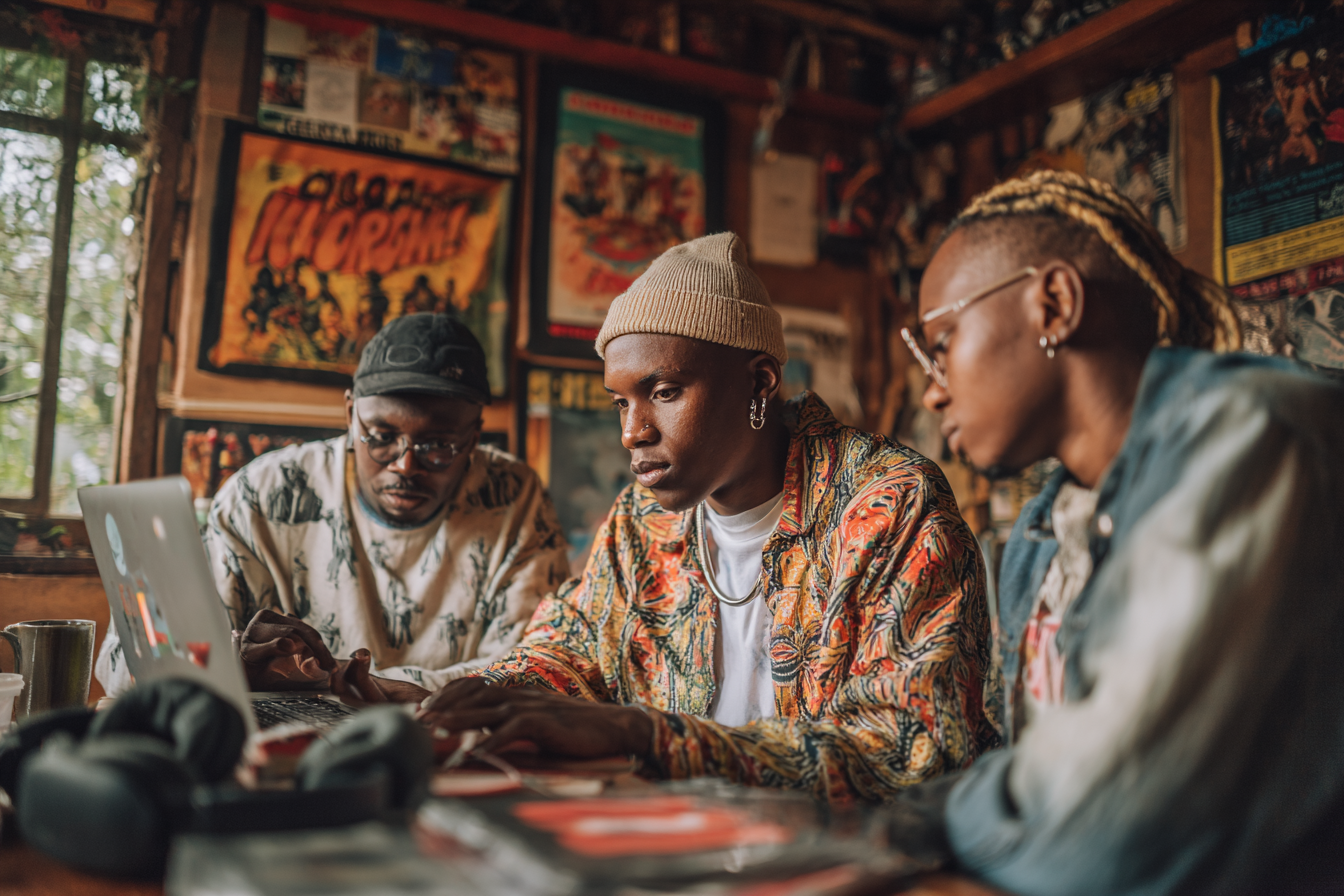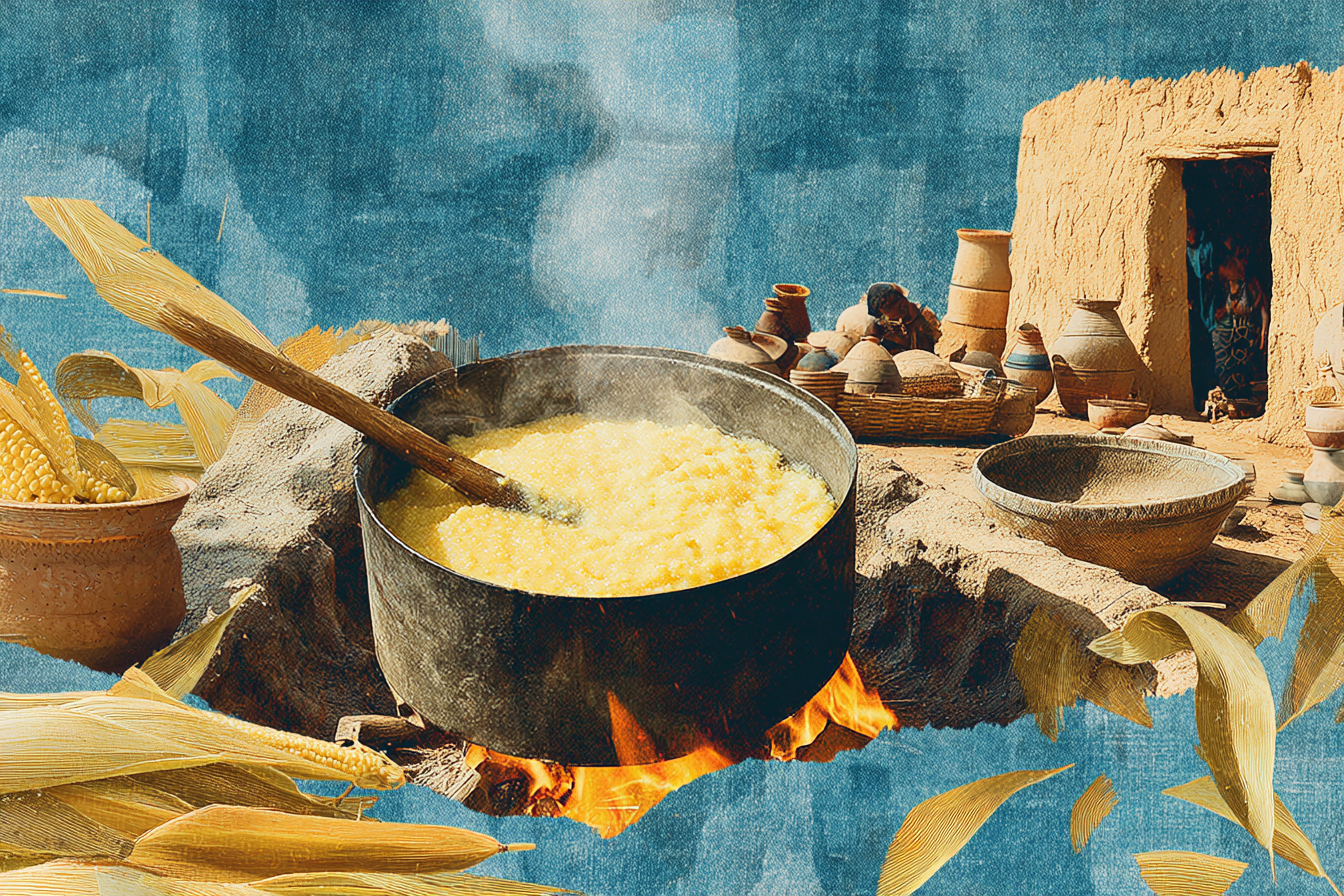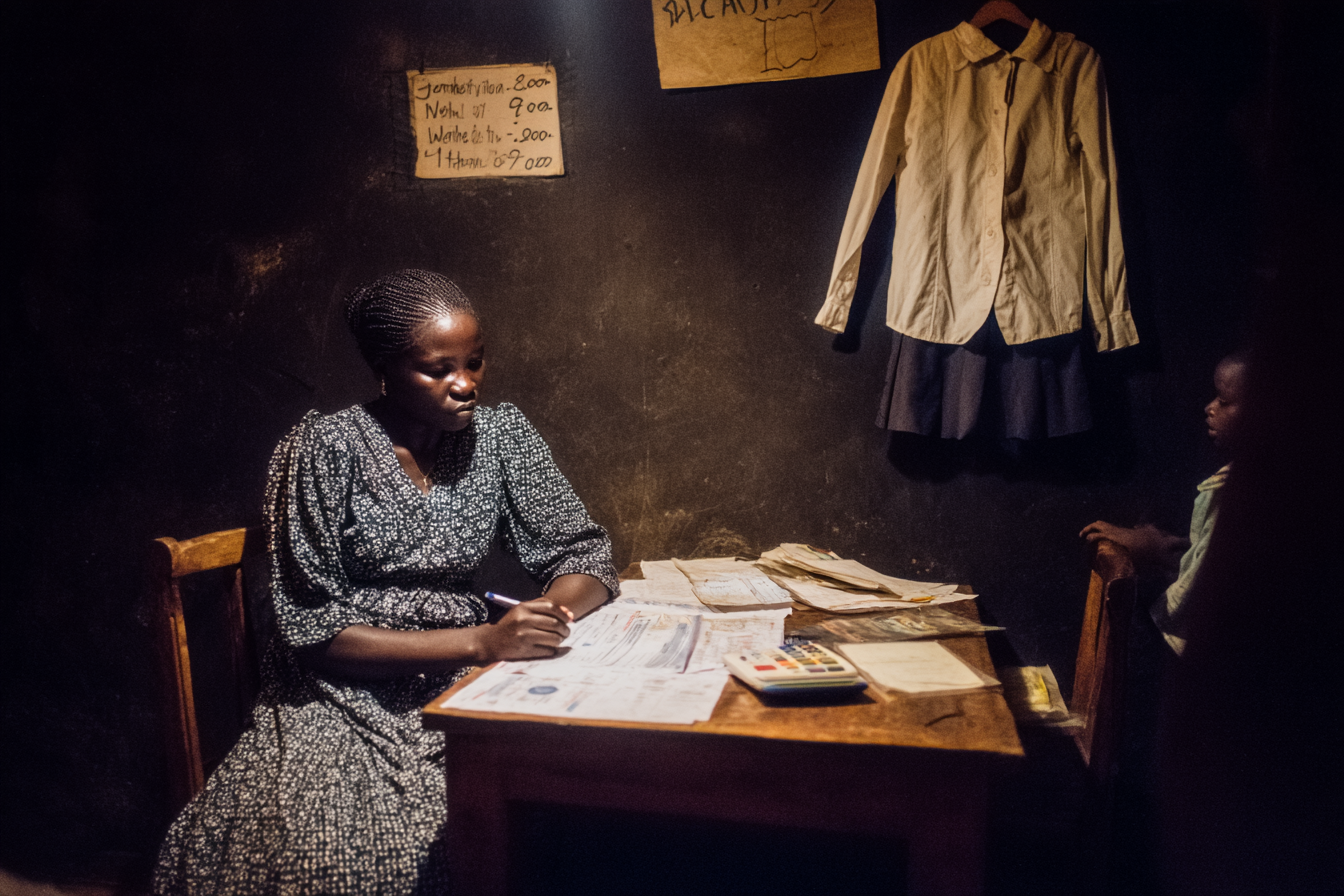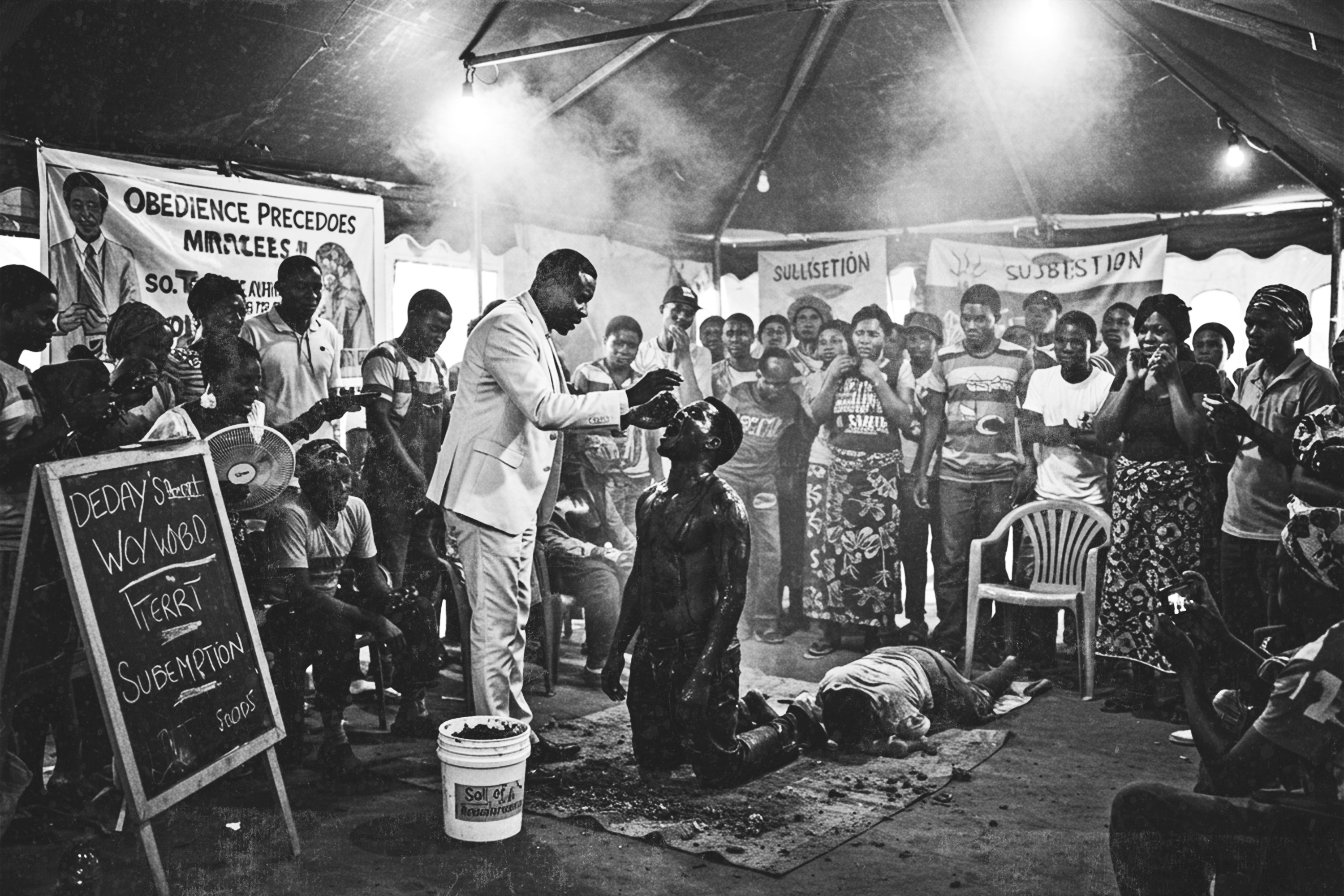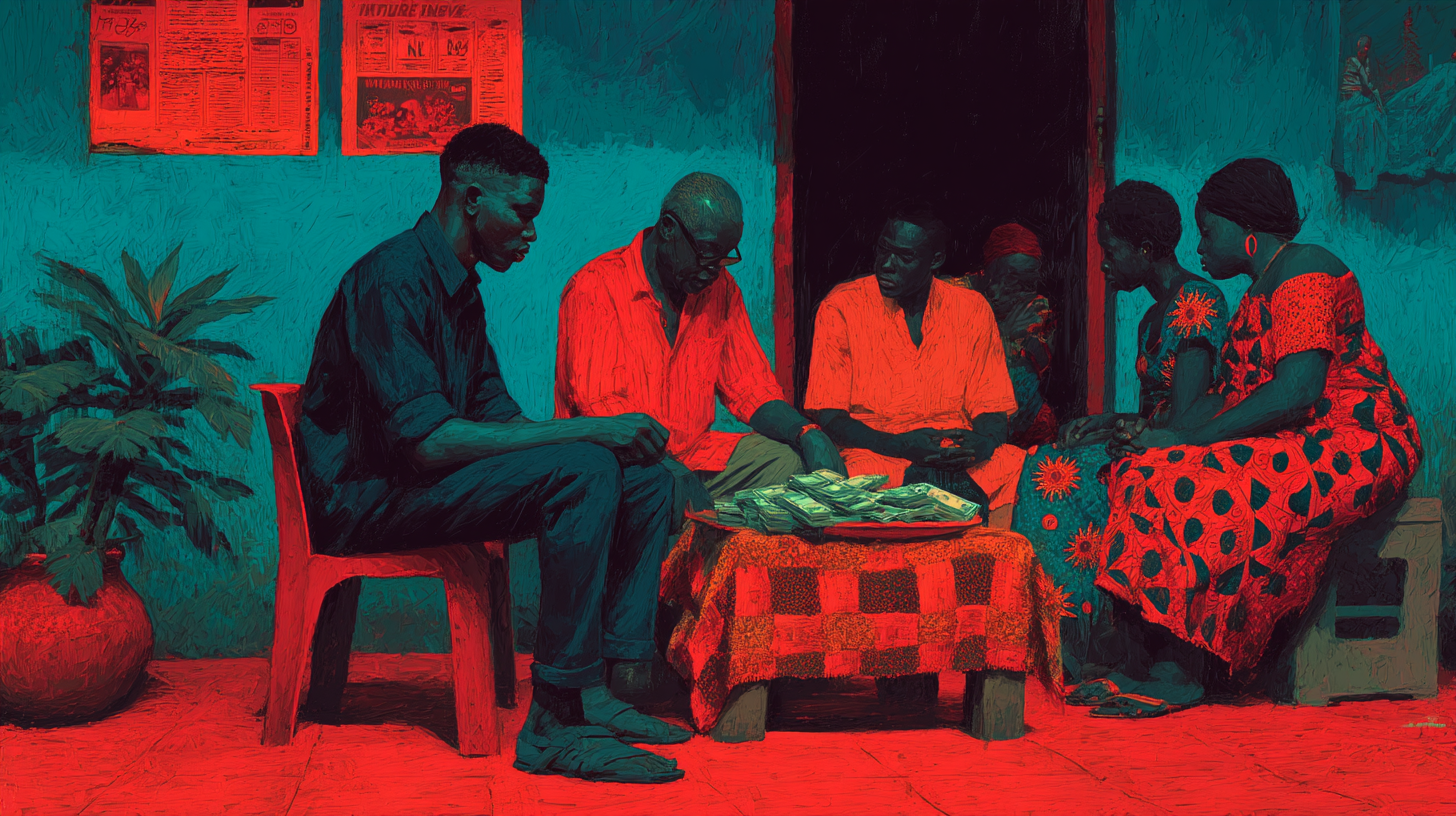Zambian women crafted clothing from bark, animal hides, and reeds—each piece rich with history and meaning.
Did you know that the cloth known as the chitenge did not originate in Africa? Yes, that same Chitenge that’s used as day-to-day attire, headwear, as a baby carrier, and given as a gift at a Chilanga Mulilo (Pre-wedding ceremony where the bride showcases her cooking skills). This is because, before the 20th century, clothing was made by harvesting materials directly from nature.
Zambia’s Forgotten Fashion Heritage
How did the environment provide clothing for our ancestors? The simple answer is creatives. Zambian women were designers and keepers of a textile heritage rooted in the land. Using natural resources to create clothing and textiles with intricate patterns filled with narratives about everyday life.
The methods were not just practical—they were deeply spiritual and environmentally conscious. The same resources were used as ceremonial pieces. Let’s take a deep look at their earlier practice.
Materials used:
- Bark Cloth – The bark is well known among many African tribes. Focusing on the Bemba tribe in Zambia, who call the cloth Ifilundu (plural) and Ichulundu (singular). They made the cloth from indigenous trees known as Mutaba (Natal fig) and the Mushike trees. The process of making bark clothes starts with the craftsman, who selects the best bark that is not easily breakable from the trees. He soaks it in water overnight, and then the next day, using wooden hammers, he beats it evenly to stretch it out. It’s then sewn together by women who use threads extracted from trees such as the Mulberry and Elm trees – then voila! A garment is made. The women then add decorative touches using dye plants, giving the bark cloth its distinctive appearance.
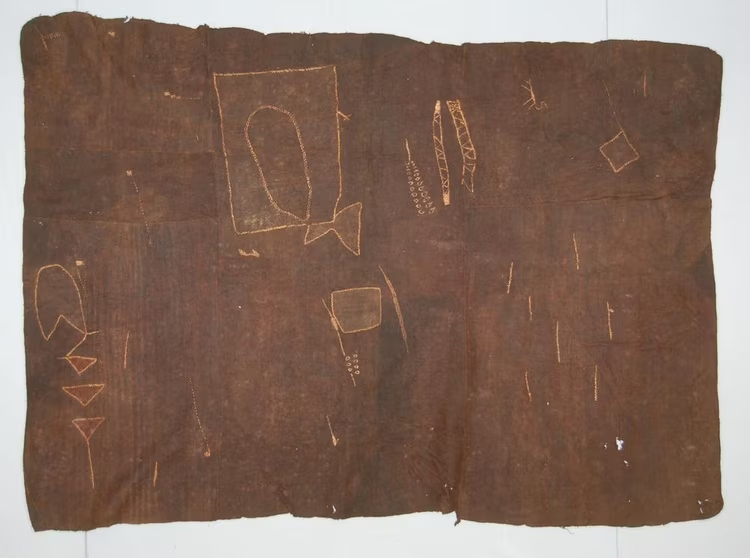
- Batwa Leather Cloaks – Long cloaks made from animal hide. The animal was usually an antelope. The men would remove the fat and flesh from the animal, soak it in palm oil to make it soft. They would then leave it on the ground in the heat of the sun and place rocks on each end of the hide to prevent folding. The cloaks were usually worn by women as clothing and for carrying their children. During a harsh climate like winter, the cloaks were worn to shield oneself from the cold. They were also used as camouflage in the wilderness, protecting from thorn bushes. The cloaks were patterned with intricate embroidery, reflecting contemporary designs.
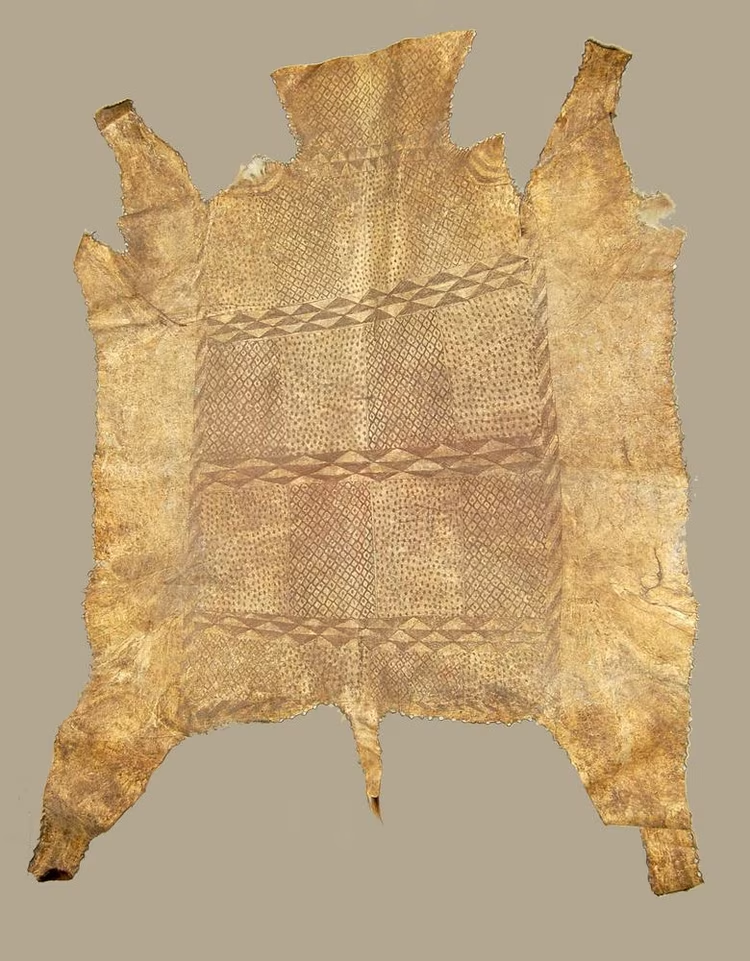
- Straw & Reed Costumes - Used during rituals and initiation ceremonies, these were made by soaking reeds and straw, softening and weaving them into dyed costumes. Women led this process, turning plants into wearable art with natural dyes and craftsmanship.
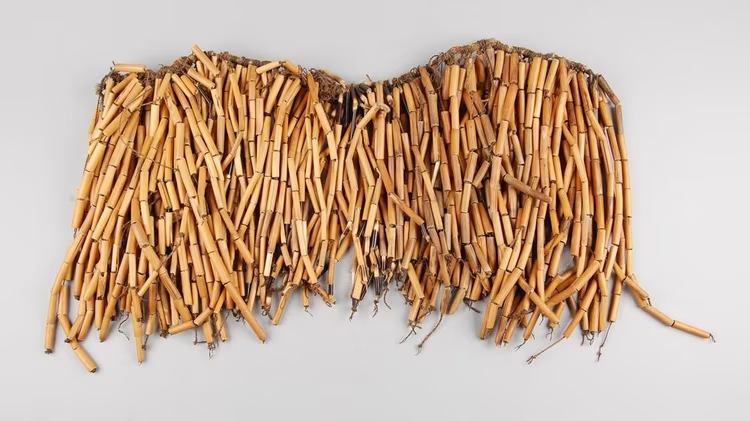
Tools used to craft some of these materials ranged from wood, horn, stone, bone, or shell. Our ancestors worked in harmony with their environment. Not only was nature providing food, but it also forced them to adopt its resources for their other ventures too.
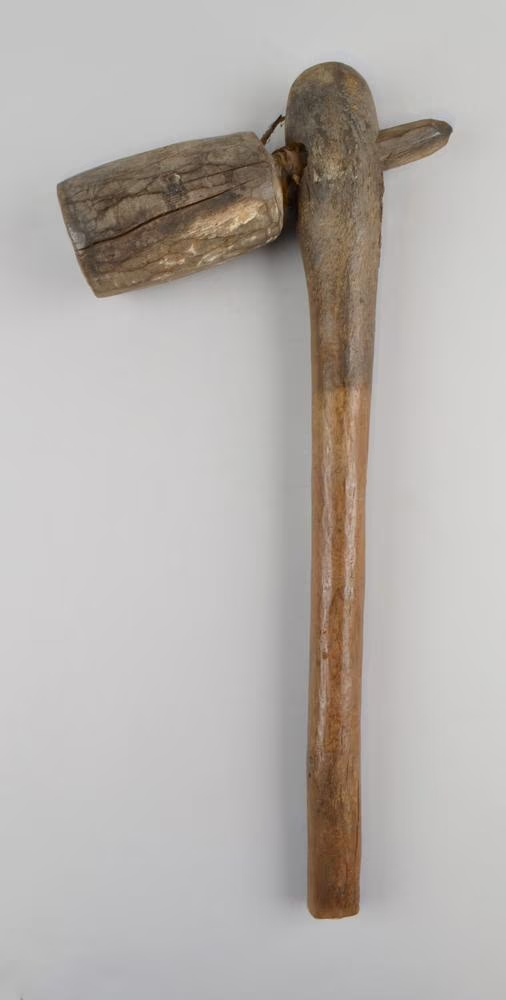
Preserving Zambia’s Textile Legacy
Some organisations fight to preserve the artefacts and culture of a people’s history by working with the natives of that country who still practice their ancestors’ traditions. One of these organisations is called The EMKP (Endangered Material Knowledge programme). They give grants to support the documentation of material knowledge systems that are under threat and in danger of disappearing.
The EMKP states that two men in Zambia produced a small amount of bark cloth for the purpose of ceremonies. They used to be three, until Mr. John Mukopa from Mungwi District, northern Zambia, died in March 2024. He was the eldest of the three, the other being Mr. Simon Chileshe from Chief Chitimukulu’s chiefdom near the city of Kasama and Mr. Patrick Chanda. They featured in the ‘Last of the Bemba Bark Cloth Makers’, a project supported by the EMKP.
The programme records the working methods of these craftsmen and elicits information on how they learned their craft, as well as their perceptions of the social value of this traditional material. The decline of barkcloth can be traced to colonial cotton imports, shifting lifestyles, and deforestation.
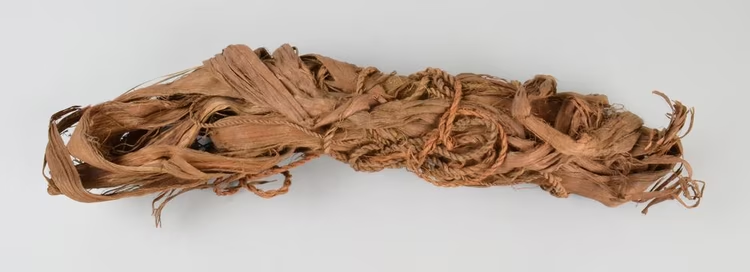
According to the Women’s History Museum of Zambia, they uncovered “an incredible find in Sweden: 100-year-old leather cloaks made by the Batwa people of Northern Zambia. For over a century, no one in Zambia had seen these crafts—until now.”
The Cultural Significance of Zambian Bark Cloth
The bark cloth is still worn during important events such as the coronation ceremonies of Bemba chiefs and the Ukusefya Pa Ng’wena.
Ukusefya pa Ng’wena is a Traditional Ceremony of the Bemba People by Paramount Chief Chitimukulu held at Mungwi Village, in Kasama in Northern Province of Zambia. The Chitimukulu (the head of uLuBemba, the Bemba nation) calls his subjects to the original Ng’wena Village to celebrate the formation of the Bemba people. They re-enact the journey from Kola (modern-day Angola) to Lubemba.
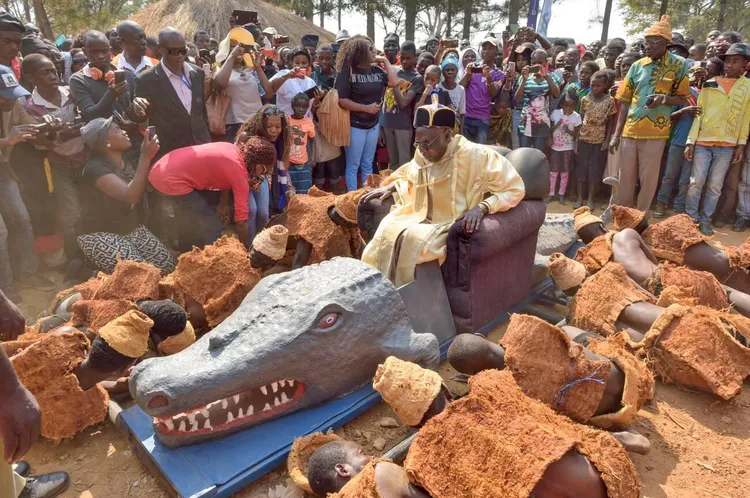
The dark brown attire made from bark cloth is a prominent feature at the traditional ceremony, where the majority of the attendees are usually seen in hats and body garments made from bark cloth.
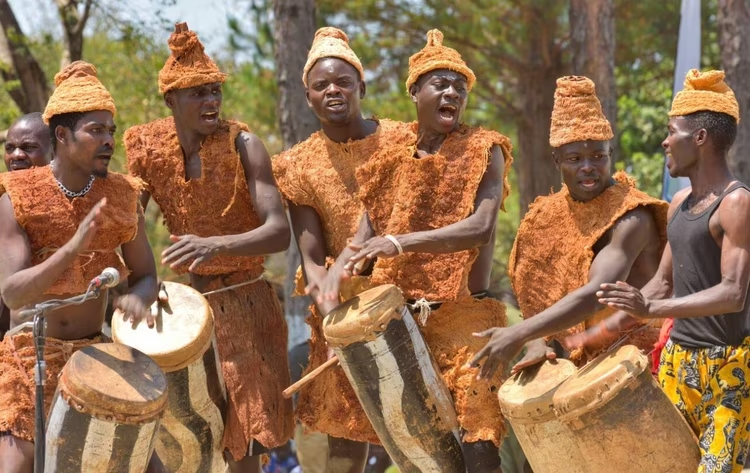
Why Zambia’s Ancient Textiles Matter Today
Today, every Zambian has a choice of thousands of fabrics to choose from. Local men and women craft designs that end up on the cloth that many can either disregard or hold onto with care.
The Zambian people need to make sure to never forget the practice of making traditional clothing and other materials that our ancestors made. We need to incorporate the designs of our ancestors into our everyday fabrics, for if we forget our traditions, our work is aimless and will lack culture and an invitation for another nation’s cultural designs to define us.
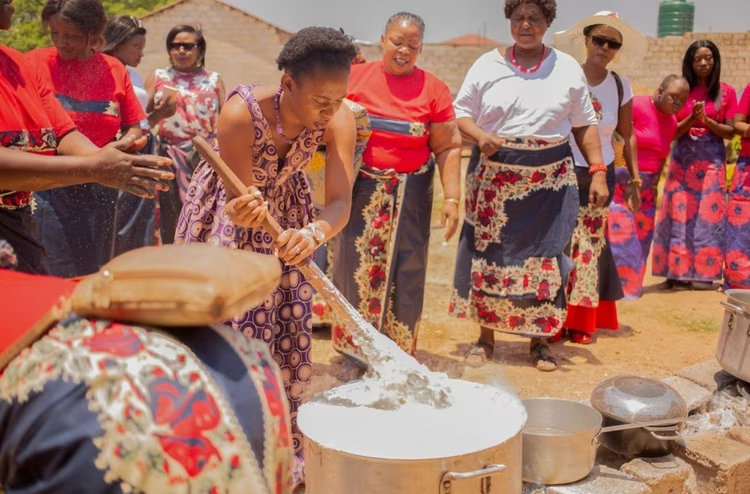
We need to remember in the form of recreating the materials they used, supporting the creatives who still practice the methods to this day and teaching our children about these methods. Our creative originality stems from looking back at history and threading that through the work we make today.
